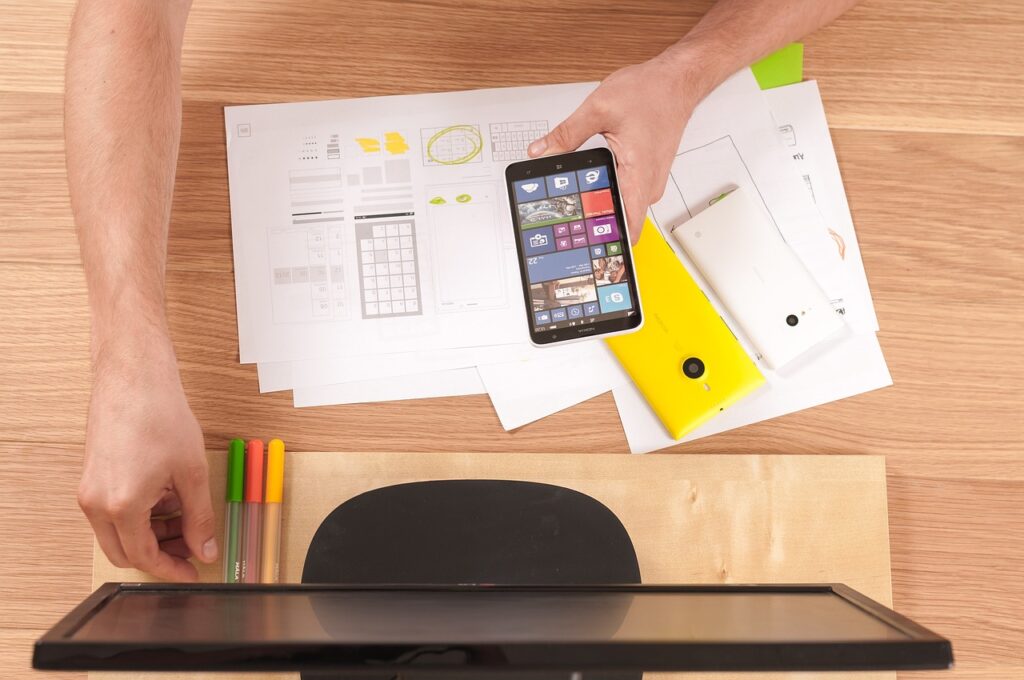
In the world of UX design, problems are a constant. From the need to improve the usability of an application to creating a unique user experience, UX designers face challenges every day that require creative solutions. In this article, we will explore the different stages of creative problem solving and how to use these strategies to design exceptional user experiences.
Understanding the problem
The first step in solving any problem is to understand it thoroughly. Before you start looking for solutions, it is important to research and analyze the problem from different perspectives. This involves getting to know your users thoroughly, identifying their needs and expectations, and understanding the context in which the design solution will be used. It is also important to conduct a competitive analysis and study best practices in the field of UX design.
Generate ideas
Once the problem has been understood, it’s time to start generating ideas. At this stage, it’s crucial to encourage creativity and think outside the box. There are several techniques that UX designers can use to generate ideas, such as brainstorming, brainstorming, and lateral thinking. Additionally, it’s important to involve the entire design team and encourage collaboration to get a variety of perspectives and approaches.
Prototyping
Once ideas have been generated, it is time to put them into practice through prototyping. Prototyping is a crucial tool in UX design, as it allows you to test and validate solutions before investing time and resources into their full implementation. Prototypes can range from paper sketches to high-fidelity interactive prototypes. The important thing is to get early and fast feedback from users and to iterate based on their feedback.
Testing and evaluation
Once a working prototype has been created, it’s time to put it through its paces with users. Through testing and evaluation, UX designers can gain valuable feedback on the effectiveness of their design solution. Testing methods can range from in-depth interviews to usability testing and metrics analysis. The key at this stage is to gather objective, qualitative data that will allow the solution’s effectiveness to be assessed and adjustments to be made if necessary.
Implementation and monitoring
Once the design has been successfully tested and evaluated, it is time to put it to use. At this stage, it is important to ensure that the design is implemented correctly and that users have a smooth experience. Additionally, it is important to track and analyze the results to measure the impact of the design solution. This involves monitoring key metrics, gathering continuous feedback from users, and making adjustments if necessary.
Conclusion:
Creative problem-solving is essential in UX design. By thoroughly understanding the problem, generating ideas, prototyping, testing and evaluating, and implementing and tracking, UX designers can create effective and satisfying solutions for users. By taking this approach, designers can ensure that their designs are intuitive, effective, and engaging. So, go ahead and start applying these problem-solving strategies to reach new levels of UX design!





